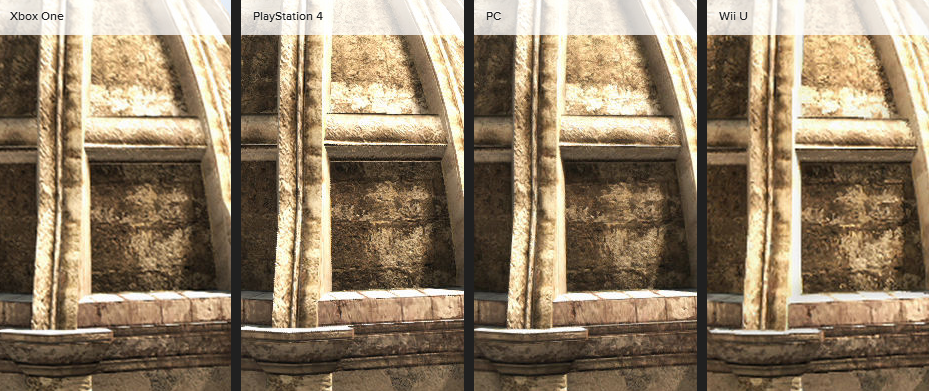I also wonder why they insist on MSAA vs FXAA as that is another performance hit.
Please, 2xMSAA >>> FXAA.
FXAA does blur the sub-details hence it's not good when you have to aim precisely. With 2xMSAA you almost gain twice the sub-details (vs strong FXAA) which can be really important at 60fps on a twitch shooter (also good with a driving game).
FXAA is the past. When used strongly like in COD or BF4 It's a very bad blur algorithm which doesn't prevent temporal aliasing, wrecks sub-details/sub-contrasts and even creates nasty artifacts.
In 5 years this algorithm (well at least the strong blurring variant) will be dead. Except if you want to use it in a cartoon-ish or artistic fuzzy game where you don't care about geometry subdetails, realism or resolution of textures.




